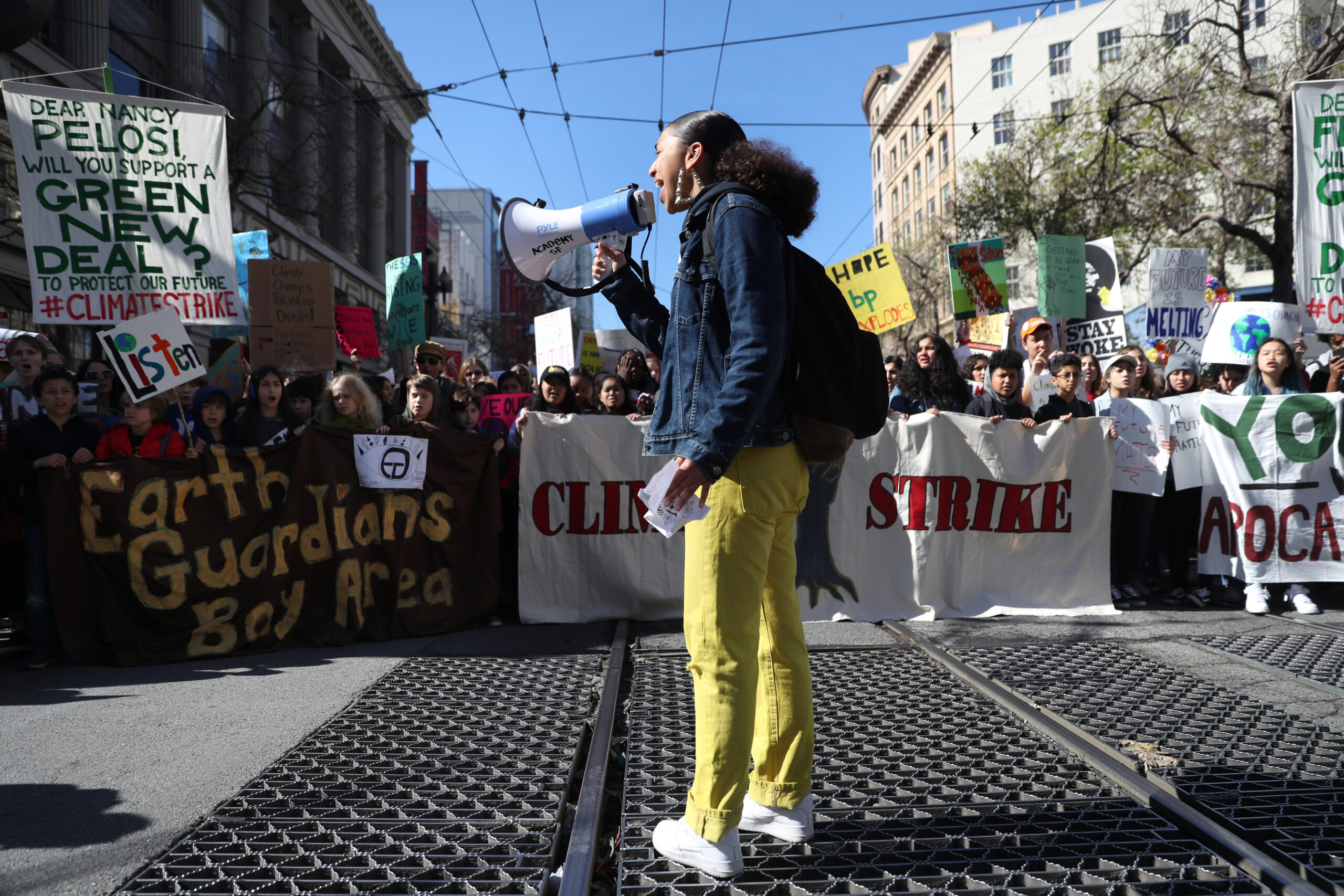In Rio de Janeiro, food is everywhere, sizzling on beachside grills, spilling out from neighborhood restaurants onto lively streets, and shared in bustling markets. Rio is a city that proves food is more than sustenance, it is culture, community, joy, and livelihoods.
If Rio were one long shared table stretching from Ipanema to the hills of Santa Teresa, you would spot the inequity at once. Every third plate would be empty of a proper meal. But turn the corner and you find the missing audience, the families who cannot afford the food that gives the city its identity. You can also see schoolchildren eating a delicious, healthy lunch because their city decided that every meal in every school should be good for children and the planet. The unevenness is plain, and painful.
The C40 World Mayors Summit 2025 carried this twin mood. On one side, the glare of inequality and the planetary emergency. On the other, the steady, unshowy work of leaders who act despite political fatigue at the national level. Days before COP30 in Belém, that contrast filled the room.
Surrounded by mayors who shape what more than half of humanity eats, I felt both urgency and optimism. Urgency because of deepening global inequalities and climate shocks. Optimism because leaders are proving that change is happening in school canteens, food waste programs, local markets and farmer cooperatives.
Food sits at the heart of the climate challenge, but the science is clear and leaves no room for denial. What we grow, sell and eat accounts for one-third of global emissions and is the main driver of pushing us beyond five of the nine planetary boundaries that keep Earth stable. To picture those boundaries, think of pressure gauges on a ship. Some needles are already deep in the red while the crew keeps singing over the noise.
Food connects everything. Our health, our economies, our environment, and sense of justice. If we get food right, we can get so much else right.
But right now, the table is tilted. One in three people can’t afford a healthy diet. A third of the world’s food system workers earn less than a living wage. And fewer than one percent live in the safe and just space for food systems where human needs do not overwhelm the planet.
Cities stand in the eye of this storm with an unusual mix of responsibility and influence. Because cities consume most of the world’s food, they hold real power to steer our global food system.
Cities influence what millions eat each day, through food policies, procurement practices, urban planning, and public services. Consider Rio deciding what goes on 38.5 million school lunch trays each year, or Barcelona designing new markets that connect urban families with rural farmers. Those decisions, multiplied across thousands of cities, can shift global food demand.
Across continents, examples are mounting. São Paulo and Austin are integrating food into climate and urban action plans. Rosario supports peri-urban farmers and land access, while London bans junk food ads across its transport network. Copenhagen, New York, and Surakarta are transforming public procurement and cutting waste. Addis Ababa, Kisumu, Portoviejo, Milan and Paris serve healthy and sustainable school meals sourced from local farmers and cooperatives.
Rather than scattershot experiments, these measures form a new pattern. When cities tackle food, they improve environmental resilience, restore nature and advance equity with one move.
That is why EAT supported the C40 Cities launch of the Good Food Cities Accelerator in 2019, bringing together 16 cities committing to achieve the Planetary Health Diet for all by 2030, from Lima to London and New York City to Quezon City. So far, 15 of the signatory cities are implementing food loss and waste reduction activities, and 11 of them are aligning school feeding programs with the Planetary Health Diet. Good Food Cities have also seen a 16% drop in food-related greenhouse gas emissions from public food procurement and a 17% drop in food-related emissions from food loss and waste reduction.
Building on this, C40 is now launching the Thriving Food Systems Accelerator with cities in Africa, Asia, and Latin America. These cities face a unique paradox: despite their minimal contribution to climate change, they are most at risk from its impacts. At the same time, they are on the frontlines of fighting food and nutrition insecurity, and are working to revitalize local food economies that nourish people within planetary limits. Through this Accelerator, 12 pioneering cities are committing to serve healthy and sustainable meals aligned with the Planetary Health Diet to every child, upgrading markets, and collaborating with surrounding regions to build food systems that tackle both hunger and climate change.
Real transformation does not arrive with a summit’s applause or declaration. It arrives in the decisions we make every day in kitchens, classrooms, and city chambers.

My invitation to city leaders is simple. Focus on what you buy, what you serve, and what you build. If you run a city and aren’t using your schools, hospitals, public spaces and procurement to serve good food, you are wasting your most immediate climate and health tool.
Momentum beyond Rio will spill into Belém and onward. Networks of cities like the Milan Urban Food Policy Pact, C40 Cities, and EAT’s Communities for Action offer evidence, tools and the architecture for cooperation that national governments often struggle to deliver.
Science gives us the global roadmap, but leadership delivers the results on the ground.
Let food be the bridge between people and planet, with cities driving the change. A fair and healthy future is already on the table, our task is to make room so everyone can sit and eat.
By Gunhild Stordalen, EAT Co-Founder and Executive Chair

Remaining one step
ahead
of the curve.
Five Youth Leaders Who Will Change the World
To celebrate International Youth Day, we are spotlighting the leaders of tomorrow. From India to the US and New Zealand to South Africa, young people are rising to demand greater action on climate change, biodiversity loss, hunger, malnutrition, food waste, plastic pollution, and more.

Reflecting on five years of policy co-creation with youth: the CO-CREATE project
After five years, the CO-CREATE research project “Confronting Obesity: Co-creating policy with youth” has come to end. Reflections on the project’s achievements and sustained impact are shared.
